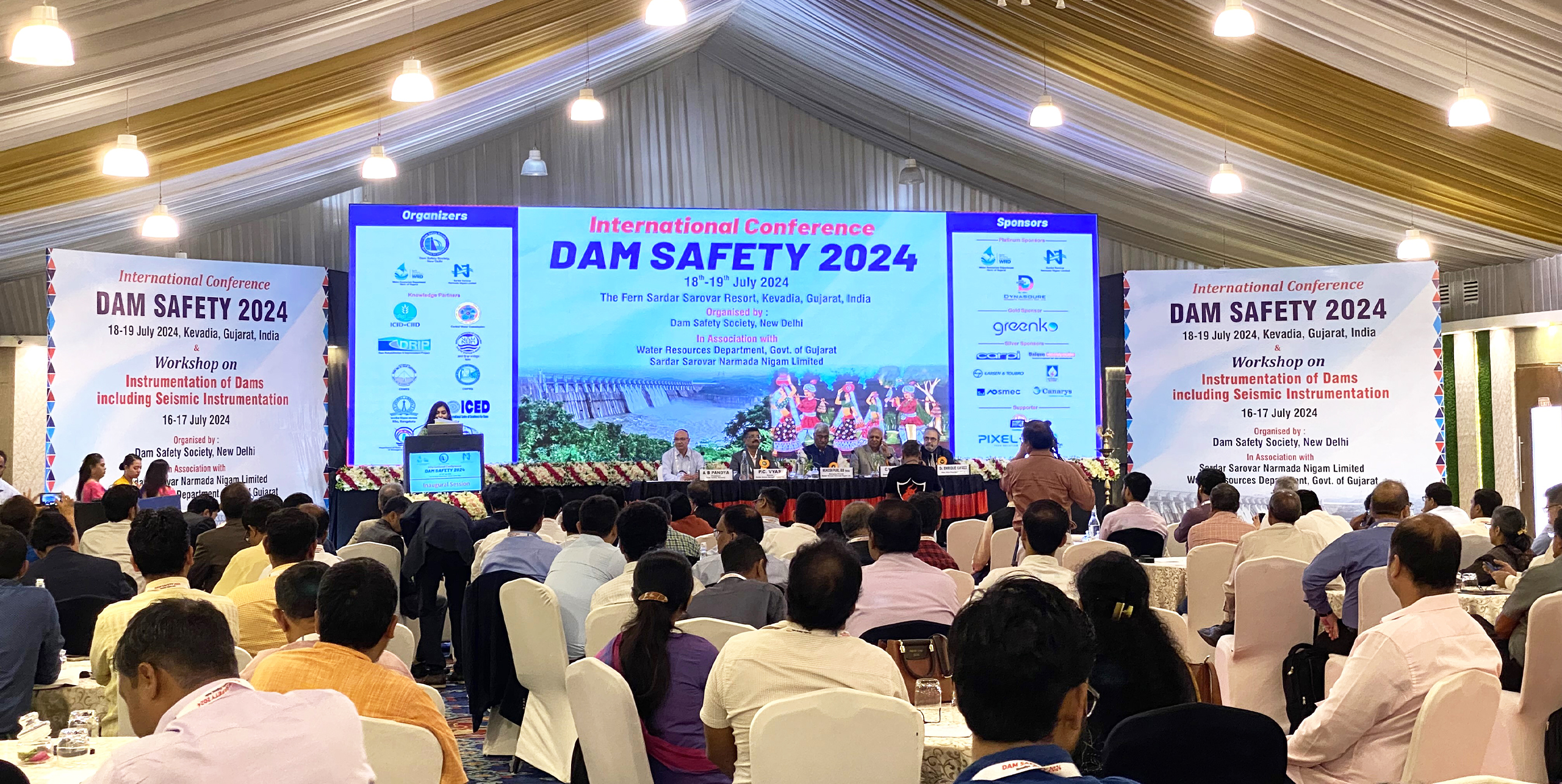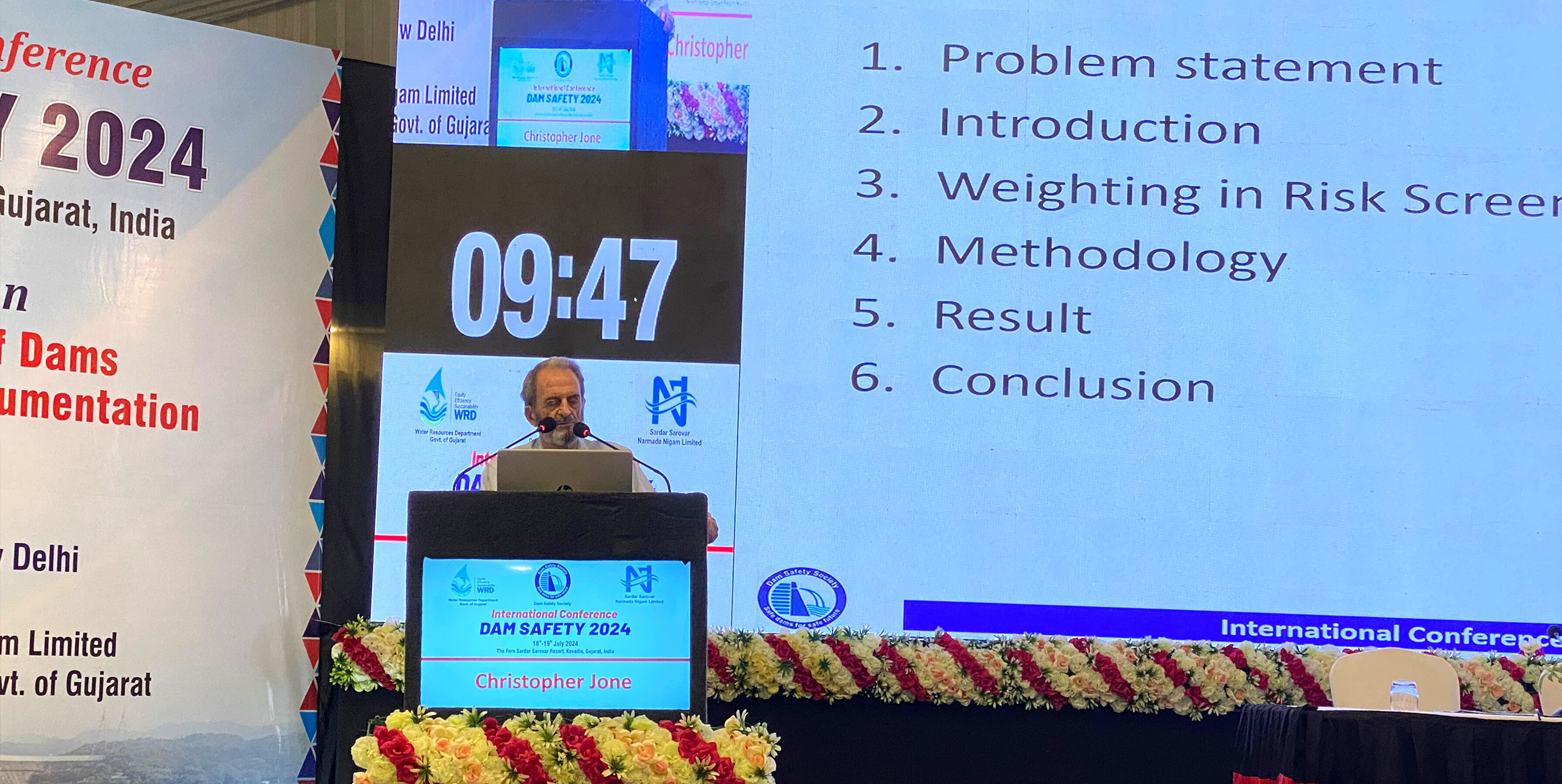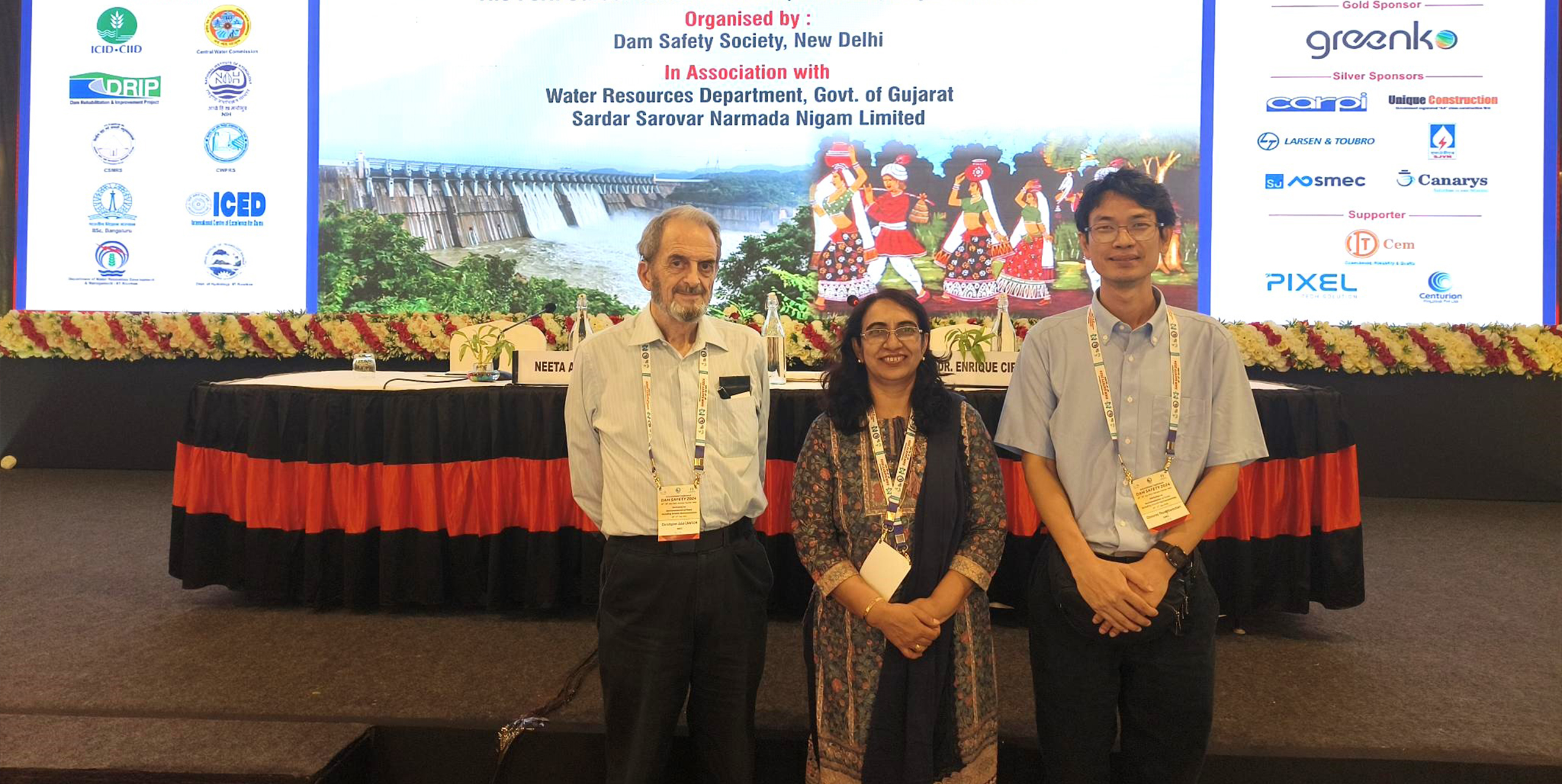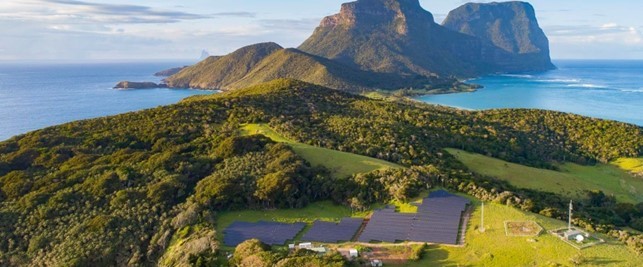Organised by the Dam Safety Society in collaboration with Sardar Sarovar Narmada Nigam Ltd and the Water Resources Department, Government of Gujarat, this conference provided a vital platform for stakeholders to share experiences and enhance their knowledge in dam safety.
The Dam Safety Conference was a comprehensive event featuring a plenary session, seven technical sessions, an industry session and an exhibition showcasing the latest products and technologies in dam safety. The conference aimed to foster collaboration among stakeholders and advance knowledge and practices in the field.
Key Contributions
SMEC made notable contributions to the conference through presentations by two of its distinguished experts:
- Chinoros Thongthamchart, a Dam Instrumentation and Monitoring Specialist, presented his technical paper on “Required Instruments to Detect Potential Failure Modes.” Chinoros emphasised the critical role of functional and properly located instrumentation in dam safety. He pointed out that many dams lack the necessary instruments or have non-functional ones, which hampers effective dam monitoring and safety evaluations. [Download paper here]
- Christopher John Lawson, a Dam Safety Expert working on the Dam Rehabilitation and Improvement Project (DRIP), presented a technical paper on the “Application of Dam Risk Screening Tool to 100 Dams.” His presentation highlighted the effectiveness of the tool, which is currently being validated as a first-tier risk assessment method for dams under India’s Dam Safety Act, 2021. This tool aims to provide a quick qualitative assessment of dam risks, facilitating the prioritisation of remedial actions and improving safety protocols across India’s vast portfolio of over 6,281 large dams. [Download paper here]
Conference Highlights
Neeta Arora, Regional Director Dams & Hydropower – South Asia played a significant role as the co-chair of Technical Session IV on “Safety Reviews and Risk Assessment,” further emphasising SMEC’s commitment to advancing dam safety practices. She shared key takeaways from the conference, highlighting critical areas requiring focus:
- Hydrological Safety Issues: There is a pressing need to address the gap in hydrological safety for many dams in India. Factors such as climate change and updated design flood codes necessitate revisiting and improving dam safety protocols.
- Instrumentation: Effective and relevant instrumentation is essential for regular dam health monitoring. The focus should be on upgrading and maintaining these instruments to ensure they provide valuable data for safety evaluations.
- State-of-the-Art Designs: Exploring the use of advanced designs, including flexible impact absorption for high-energy structures, can enhance the resilience of dams, especially those where traditional designs have shown limitations over operational years.
- Risk Assessment: Preliminary risk screening tools, such as the one presented by Christopher Lawson, are crucial for identifying high-risk dams and prioritising safety interventions.
SMEC’s participation underscored its dedication to promoting best practices in dam safety and rehabilitation. By contributing to discussions on the latest technological advancements and emerging challenges, SMEC demonstrated its commitment to enhancing the safety and resilience of dams in India and beyond.
Through its expert presentations, active engagement and strategic sponsorship, SMEC played a pivotal role in the success of the conference. The insights and takeaways from the event will undoubtedly contribute to the ongoing efforts to improve dam safety and management practices, ensuring the long-term safety and sustainability of dam infrastructure.
Reflecting on the conference, Neeta remarked,










